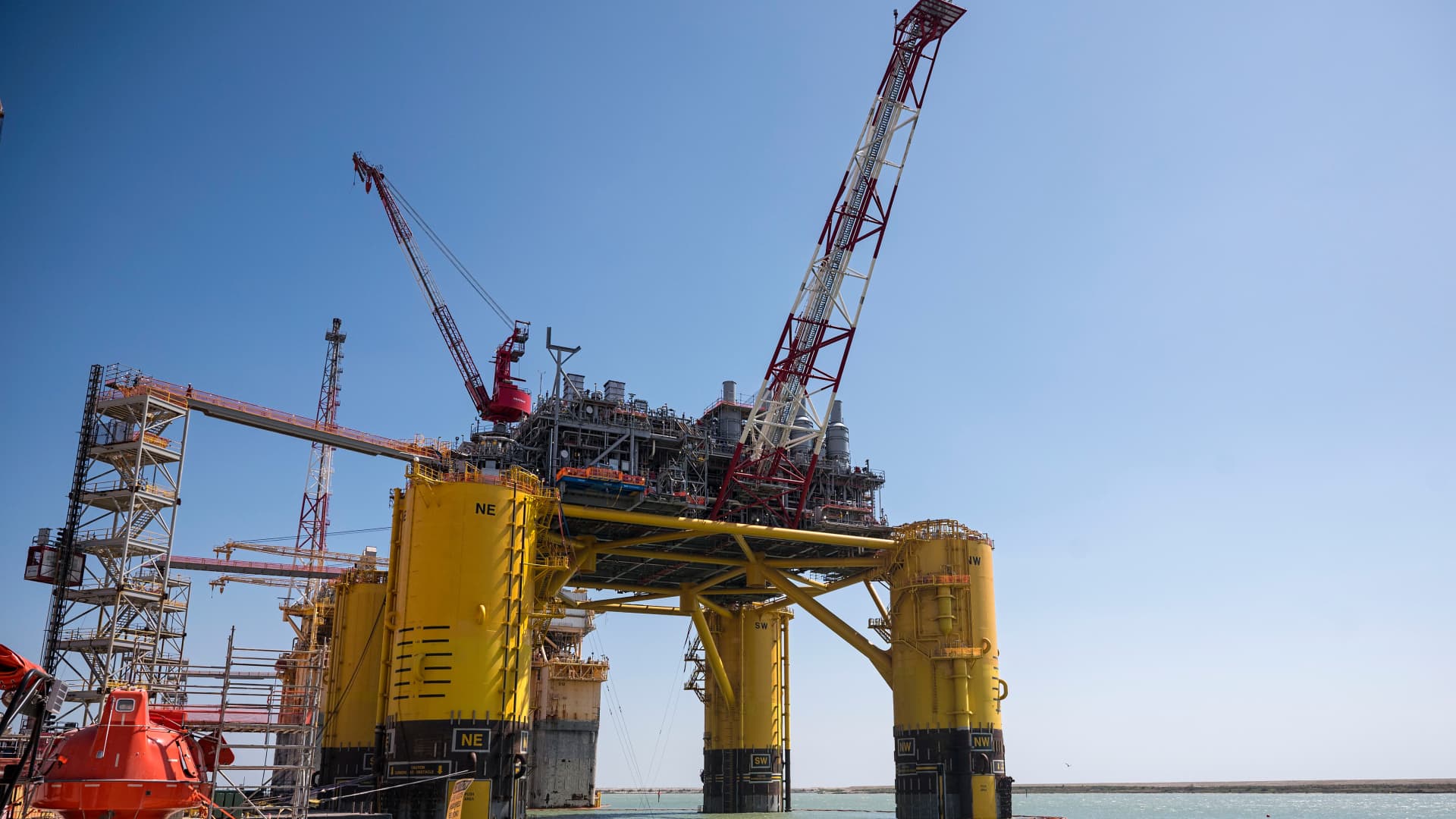Another Sign Hybrid-Electric Aircraft Are The Future

One of the news items that recently crossed our path is the news that Pratt & Whitney Canada — which is a self-proclaimed “world leader in the design, manufacture and service of aircraft and helicopter engines and auxiliary power units” — has signed an agreement with consulting firm Ricardo to co-develop hybrid-electric aircraft technology.
Typically, this is not the level or stage of development that we’d cover, whether in the electric aerospace field, the electric car field, or the solar or wind field. However, it seemed to deserve a brief note due to what it signals about the industry.
Both Ricardo and Pratt & Whitney Canada are major companies. That they are teaming up to tackle hybrid-electric aerospace solutions is an indication that the future of aerospace is … hybrid-electric powertrains, and then increasingly fully electric powertrains.
Here’s a little more about the news: “The multi-year deal will see the Ricardo aerospace engineering team support Pratt & Whitney Canada in the development of advanced hybrid-electric propulsion technologies for next-generation aircraft. The project is part of Pratt & Whitney Canada’s regional hybrid-electric flight demonstrator programme. The company is targeting a 30% improvement in fuel efficient and commensurate reduction in carbon dioxide emissions, compared to today’s most advanced turboprop engines for regional aircraft.” A 30% improvement, if achieved, would be a notable improvement in efficiency, and thus in reduced emissions.
Adrian Schaffer, President of Emerging Mobility at Ricardo, said: “We’re delighted to have signed this deal with Pratt & Whitney Canada. It represents a significant milestone for our business, as we look to expand our capabilities and footprint in North America and explore new opportunities supporting the decarbonisation of the global aerospace sector. This project will help us build on our existing reputation for the innovative design and delivery of future-forward solutions for aerospace customers, creating clean, efficient, and integrated propulsion systems for next generation aircraft and building on our vision of creating a safe and sustainable world.”
Jean Thomassin, Executive Director of New Products and Services at Pratt & Whitney Canada, said: “Hybrid-electric propulsion technology is a core element of our strategy for continually advancing the efficiency of aircraft propulsion systems, in support of the industry-wide goal of achieving net zero carbon dioxide emissions for aviation by 2050. Our collaboration with Ricardo brings valuable expertise around component design, system integration, and testing, which will ultimately enable us to demonstrate the potential of this technology, with ground testing starting later this year and eventual flight tests in 2024.”
So, ideally, we’ll see some hard news about this collaboration before the year is out, and then real-world flights in 2024. There’s plenty of other electric aircraft news that is sure to break before that, but each addition to the mix is welcome and can potentially be a major stepping stone toward reduced aircraft emissions and lower-cost flight. If Pratt & Whitney Canada and Ricardo make major advancements in hybrid-electric flight, we’ll have this starting point to look back to.
Featured image: “The Pratt & Whitney Canada Regional Hybrid-Electric Flight Demonstrator is based on a De Havilland Canada Dash 8 experimental aircraft.” Courtesy of Ricardo.
Appreciate CleanTechnica’s originality and cleantech news coverage? Consider becoming a CleanTechnica Member, Supporter, Technician, or Ambassador — or a patron on Patreon.
[embedded content]
Advertisement
 This post has been syndicated from a third-party source. View the original article here.
This post has been syndicated from a third-party source. View the original article here.




